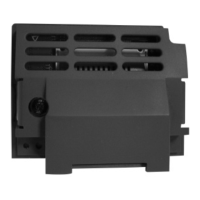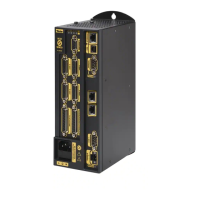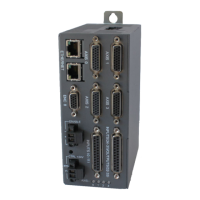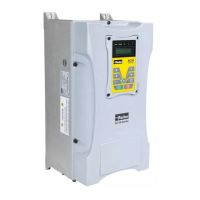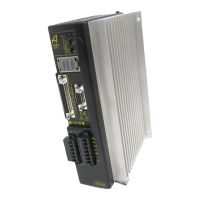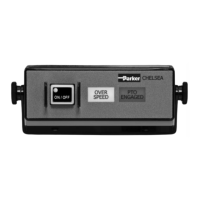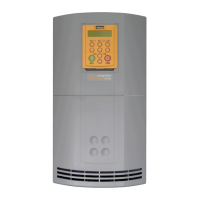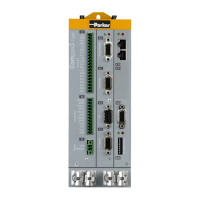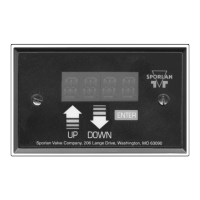Parker Hannifin
Receive Packet
None.
Conversion Codes
Code Source Destination
0x00 LONG LONG
0x01 IEEE32 FP64
0x02 IEEE32 FP32
Usage Example
NOTE: Addresses shown are for example only. Addresses will vary
from card to card, depending on system memory
allocation.
This example pokes data into three words, starting at poke address
0x405000:
Fields: Header Address Data0 Data1 Data2
Output:
00 91 00 03 00 50 40 00 10 11 12 13 20 21 22 23 30 31 32 33
Data poked into addresses:
0x405000: 0x13121110
0x405001: 0x23222120
0x405002: 0x33323130
Binary Address Command
A binary address command consists of a four-byte header
containing a program number and a parameter code. The
command returns the header followed by the base address of the
parameter type in question. If the returned address is zero, no
parameters of that type have been allocated in the given program.
Peeking at the returned address will return the number of variables
dimensioned for the requested type. In the case of numeric
variables, (DV,SV,LV) the count will be followed by the actual
numeric data. For arrays, (DA, SA, LA) the count will be followed by
the addresses of the individual arrays. These addresses point to
storage areas as if they were normal numeric variables of the same
type (count followed by data.)
108 Programmer’s Guide
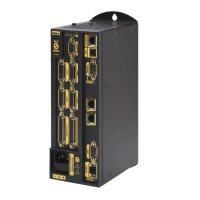
